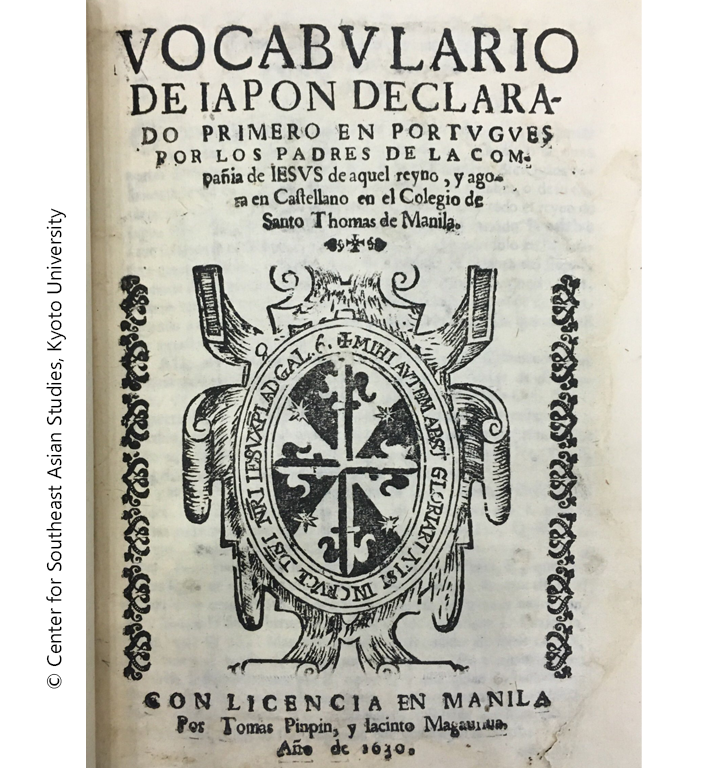The Vocabulario de Iapon (Japanese Vocabulary) is both typical and unique among books first printed in the Philippines from 1593 to 1640
18 Jun 2024

Books go through a process of transformation from uniformity to uniqueness in the course of their survival. Some of these books—particularly rare old volumes––can even evolve from being a material object to becoming a cultural artifact, one that bears a special significance to a community, society, or country. Such volumes make for important study because they can deepen our comprehension of the survival of books and ultimately broaden our knowledge on the book, culture, and history in general. Rare old books that have become cultural artifacts can reveal much about
the publishing experiences and practices of their periods, the reception of books through the ages, and the culture of collecting in modern times. My study is on one of the rarest and oldest books of the Philippines, a Japanese-Spanish dictionary printed in Manila in 1630.
Books in the Philippines have had to contend with multiple forces––the humid tropical climate, typhoons, floods, fires, earthquakes, termites, the wars throughout the nation’s colonial history—in order to survive. This fact is often raised in studies on the history of the book in the Philippines, but how and why the book survives in spite of such conditions have hardly been given attention. Such a lack in Philippine book history is what this study seeks to address. It explores the survival of Philippine incunabula (books printed from 1593 to 1640), with a focus on the transformation from material object to cultural artifact that the book undergoes in the course of enduring throughout centuries. This study examines the case of the Vocabulario de Iapon (Japanese Vocabulary), with a particular interest in the copy of the Bernardo Mendel Collection of the Lilly Library of Indiana University. The Vocabulario de Iapon, which was printed in Manila in 1630, is a book that is both typical and unique among Philippine incunabula for the circumstances it saw from its publication to its survival. It has much to tell about publishing in the Philippines in the seventeenth century, the reception of books throughout the ages, and the culture of collecting in modern times.
Author: Patricia May Bantug Jurilla (Department of English and Comparative Literature, College of Arts and Letters University of the Philippines Diliman)
Read the full paper: https://englishkyoto-seas.org/2023/12/vol-12-no-3-patricia-may-bantug-jurilla/
